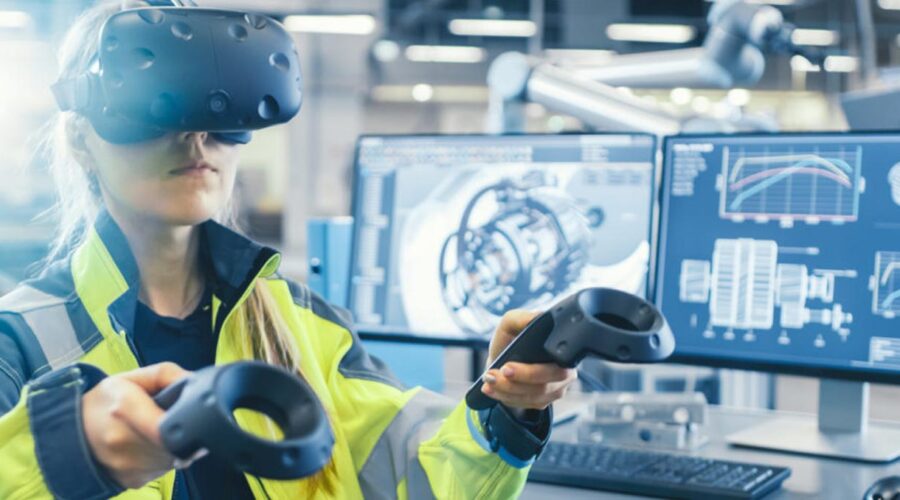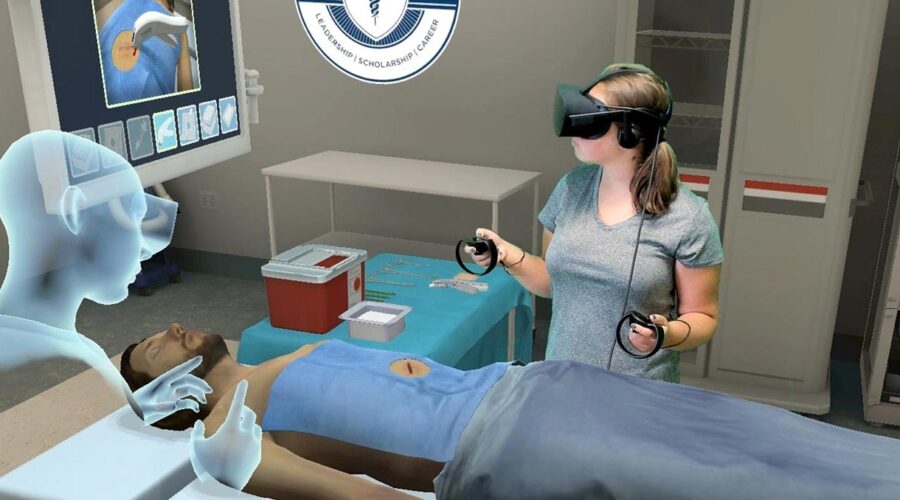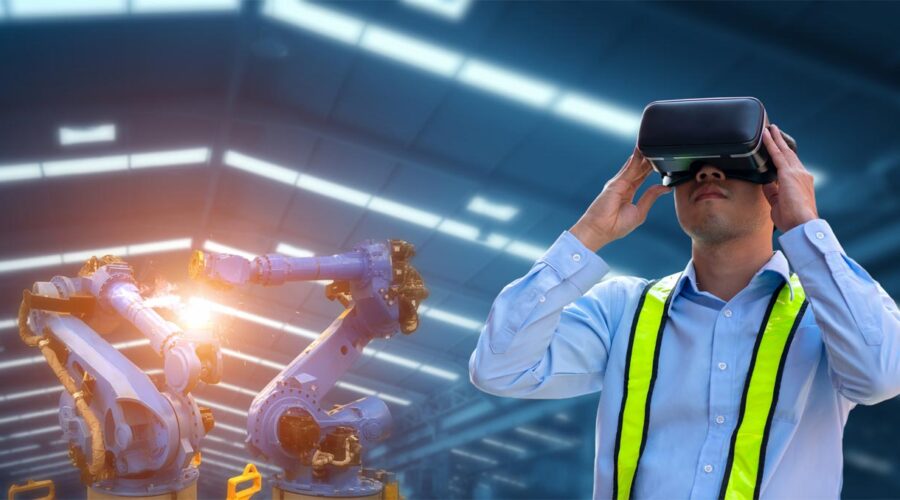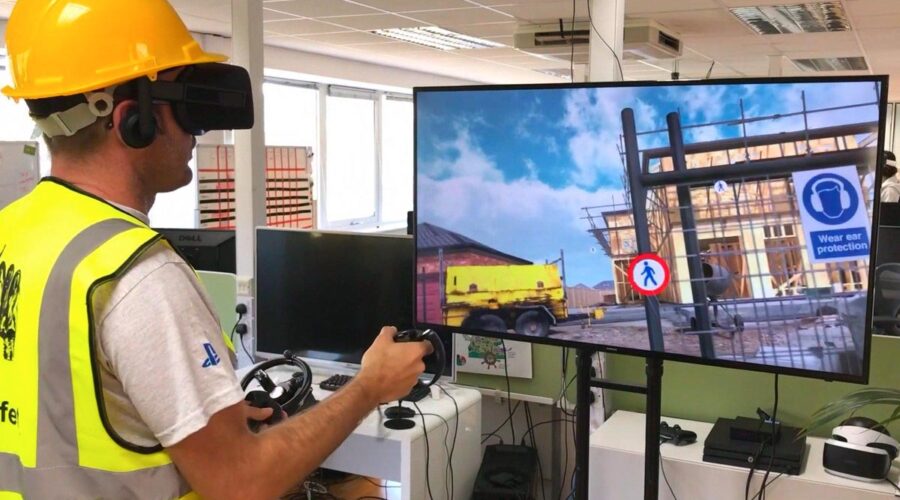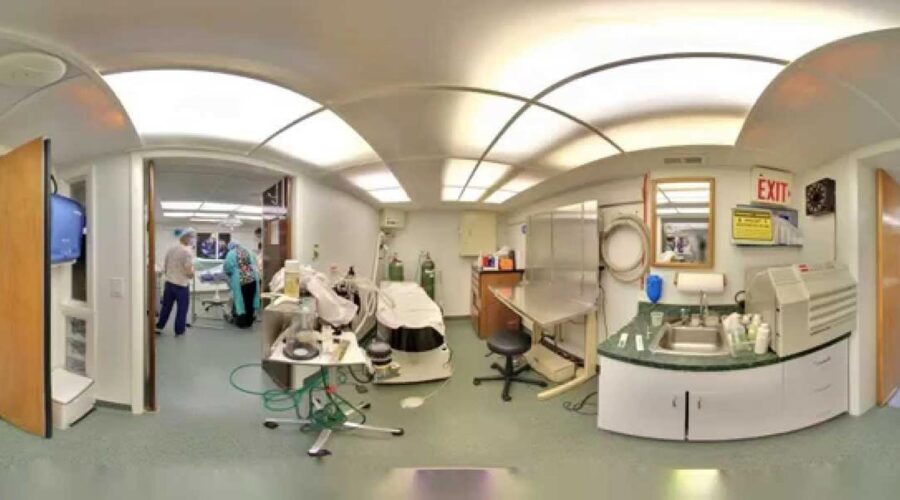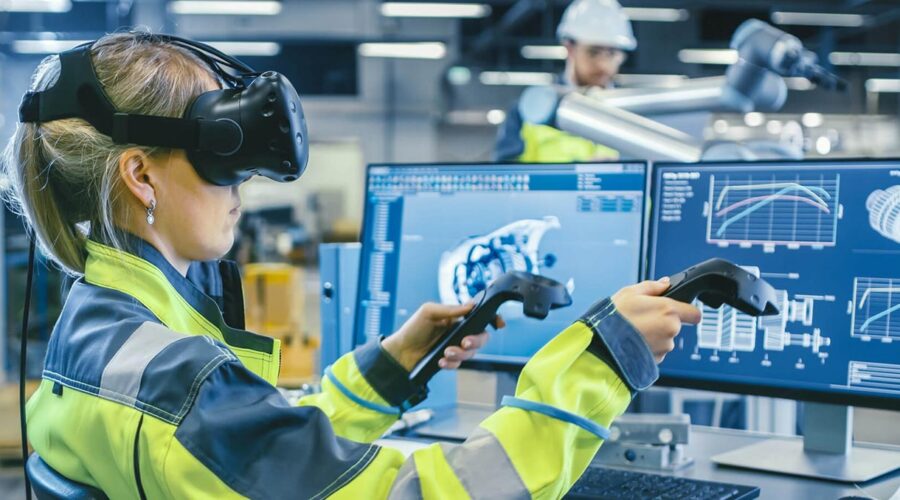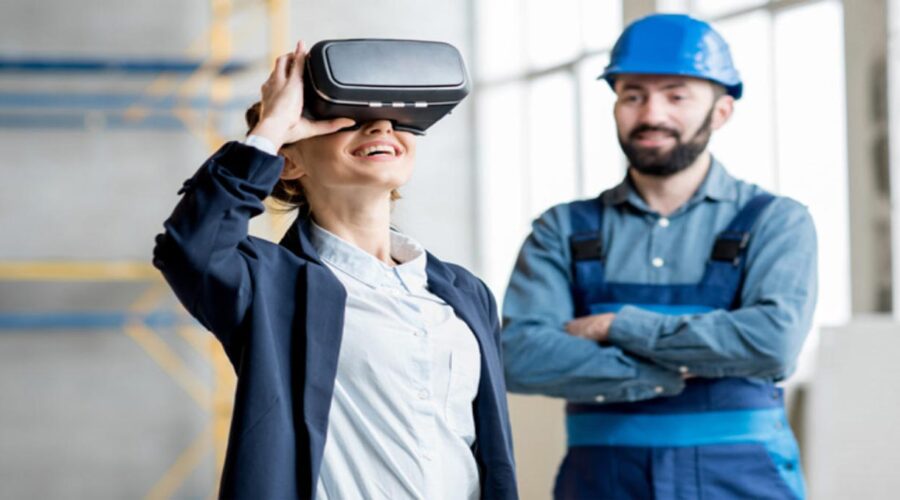VR Health and Safety Training in Manufacturing
VR technology provides a safe and cost-effective way to provide employees with health and safety training in manufacturing. The technology allows workers to learn and practice essential skills in a simulated environment that realistically replicates dangerous scenarios, improving retention and understanding of safety procedures. By leveraging VR technology, manufacturing companies can create a safer work environment while minimizing the risk of injury and reducing training costs.

